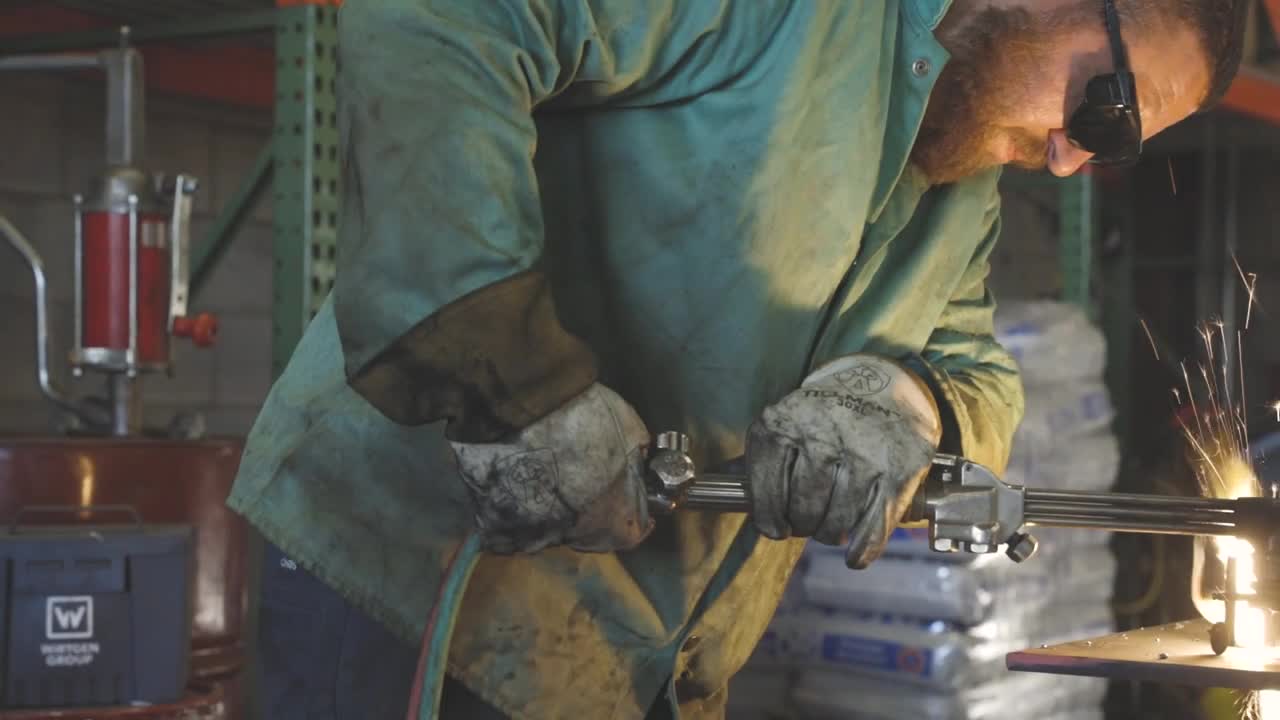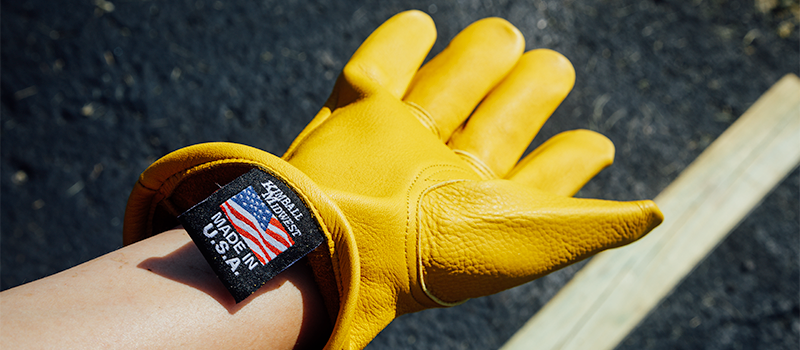There’s a certain pride that we Americans carry with us in everything we do, and that certainly includes what and who we choose to patronize with our hard-earned wealth. That’s why the simple “Made in America” label can mean so much.
For those of us always looking to support American businesses, the “Made in America” label represents our American values: Hard work, the freedom to do it our own way and that unrelenting desire to be the best. Past generations of American workers and businesses embodied those values, teaching us to do the hardest jobs right so our families and our dreams can flourish.

And if you prefer buying domestic products, you’re certainly not alone. A 2017 poll conducted by Reuters/Ipsos found that seven out of 10 American consumers think it’s “very important” or “somewhat important” to buy American-made products.
The same survey also observed that a significant number of Americans are willing to pay more to buy USA-made goods over imports. A whopping 63% of those surveyed said they’d be willing to pay at least 5% more to buy American, with nearly half of them noting they would pay a 10% to 25% premium.

But while the “Made in America” label clearly contains a significant meaning, defining the term is another matter entirely.
The Federal Trade Commission, or FTC, requires any product claiming to be “Made in the USA” to be “all or virtually all” made in the United States, but most industries are not required to reveal how much of their product comes from American content. (The exceptions are automobiles and many fabrics, which are required by law to disclose how much American content they have.)
So, while the majority of products claimed to be “made in the USA” are required by the FTC not to be “misleading,” there’s plenty of gray area that advertisers take advantage of.
For instance, marketing materials can use vague or otherwise confusing language that suggests a company having American roots without specifically saying a product was made in the USA, leaving the consumer to try to decipher the meaning.
That potential for cutting through the confusion paired with the fact that so many domestic consumers are willing to pay a premium for domestically-made products is why finding a vendor with 80% of its inventory spend going to true American-made products can have a direct impact on your bottom line.


Concerned about the availability of domestic manufacturing? Don’t be.
Contrary to widespread belief, there’s still a great deal of manufacturing done in the USA. According The Balance, American manufacturing is actually the largest in the world, producing 18.2% of the world’s goods. And according to the National Association of Manufacturers, domestic manufacturing made up nearly 12% of U.S. economic output by contributing approximately $2.25 trillion in 2016.
And while predicting the future is normally a dangerous game to play, it’s a virtual certainty that the “Made in America” label can play a vital role for any domestic company for decades to come.
.png?width=131&height=58&name=image%20(40).png)

